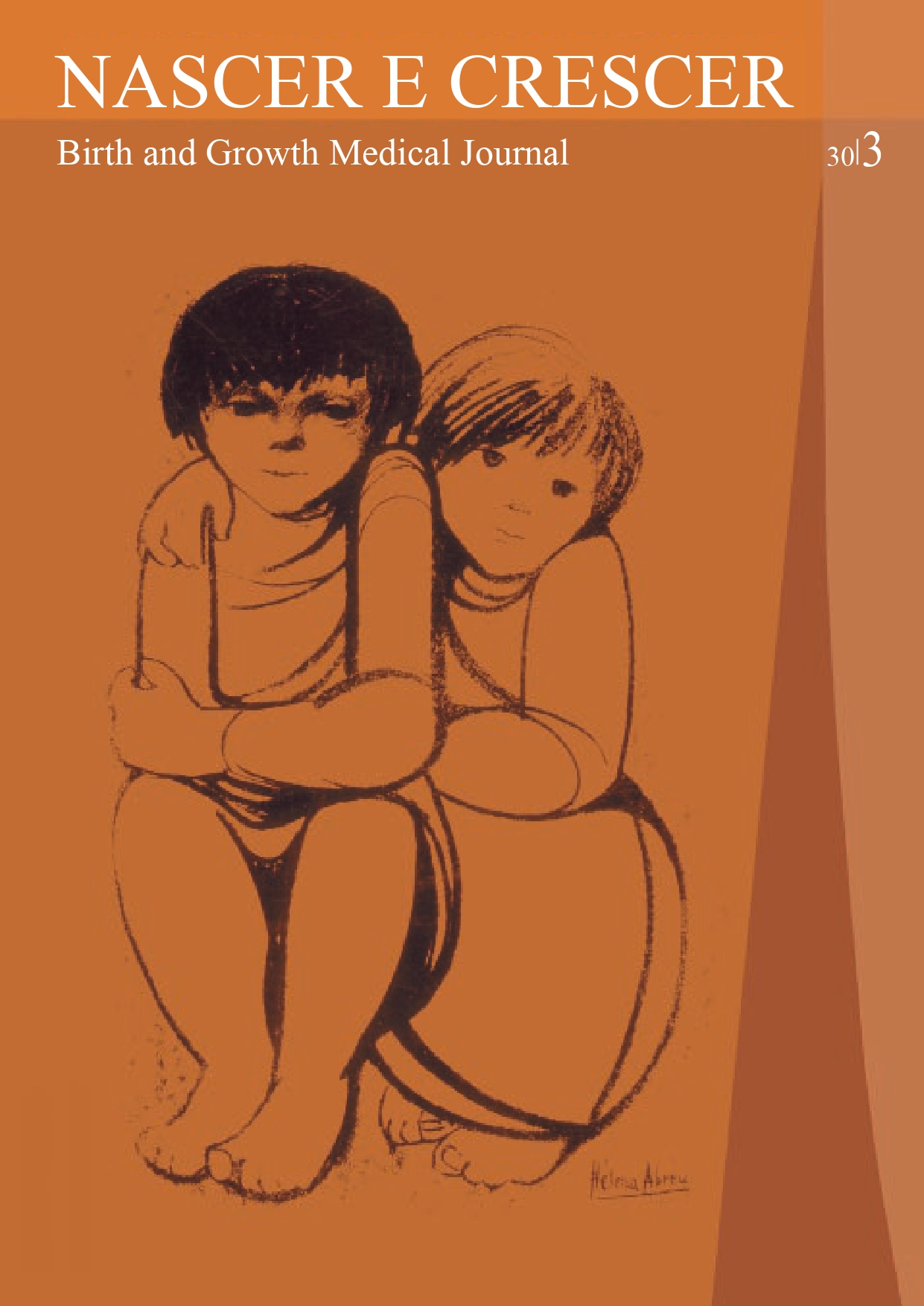Difficult management of pediatric acute Q fever
Keywords:
acute Q fever, Acute Q fever; Doxycycline; Paediatric Q fever., pediatric Q feverAbstract
Introduction: Q fever, a zoonosis caused by Coxiella burnetti, is relatively rare in the pediatric population. The disease is often asymptomatic or with mild clinical presentation in children.
Case report: A four-year-old boy with persistent fever, severe anemia, and positive IgM for Coxiella burnetti was treated with trimethoprim-sulfamethoxazole and azithromycin, with no improvement. After polymerase chain reaction confirmation, he completed 14 days of doxycycline, with good response. After eleven months, the child remains asymptomatic.
Discussion: Despite having a usually mild presentation, the severe clinical progression and lack of response to initial antibiotic therapy in this case prompt the use of doxycycline, a non-consensual drug in younger ages, with good results. New recommendations endorse the use of this drug for short periods at any age.
Downloads
References
Anderson A, Bijlmer H, Fournier PE, Graves S, Hartzell J, Kersh GJ, et al. Diagnosis and management of Q fever-United States, 2013: recommendations from CDC and the Q Fever Working Group. MMWR Recomm Rep 2013; 62:1.
Slok EN, Dijkstra F, de Vries E, Rietveld A, Wong A, Notermans DW, van Steenbergen JE. Estimation of acute and chronic Q fever incidence in children during a three-year outbreak in the Netherlands and a comparison with international literature. BMC Res Notes. 2015;8:456.
Maurin M, Raoult D. Q fever. Clin Microbiol Rev. 1999 Oct;12(4):518-53.
Maltezou HC, Raoult D. Q fever in children. Lancet Infect Dis 2002; 2:686–91.
Kampschreur LM, Dekker S, Hagenaars JC, Lestrade PJ, Renders NHM, de Jager-Leclercq MGL, et al. Identification of risk factors for chronic Q fever, the Netherlands. Emerg Infect Dis. 2012;18(4):563-70.
Santos AS. Febre Q: Do Diagnóstico à Investigação Ecoepidemiológica de Coxiella Burnetii no Contexto da Infeção Humana. Instituto Nacional de Saúde Doutor Ricardo Jorge, IP, 2015.
Santos AS, Bacellar F, França A. Febre Q: revisão de conceitos. Rev Port Med Interna. 2007;12(2):90-9.
Doenças de declaração obrigatória 2012-2015. Volume I – Portugal. Direção Geral da Saúde, Lisboa 2016. Available at: https://www.dgs.pt. Accessed 20 December 2018.
Raoult D. Treatment and prevention of Q fever. Post TW, ed. UpToDate. Waltham, MA: UpToDate Inc. http://www.uptodate.com. Accessed on May, 2018.
Todd SR, Dahlgren FS, Traeger MS, Beltrán-Aguilar ED, Marianos DW, Hamilton C, et al. No visible dental staining in children treated with doxycycline for suspected Rocky Mountain Spotted Fever. J Pediatr. 2015;166(5):1246-51.
Pöyhönen H, Nurmi M, Peltola V, Alaluusua S, Ruuskanen O, Lähdesmäki T. Dental staining after doxycycline use in children. J Antimicrob Chemother. 2017;72(10):2887-90.
Gaillard T, Briolant S, Madamet M, Pradines B. The end of a dogma: the safety of doxycycline use in young children for malaria treatment. Malar J. 2017;16(1):148.
Kimberlin DW, Brady MT, Jackson MA, Long SS, eds. Red Book: 2018 Report of the Committee on Infectious Diseases. American Academy of Pediatrics; 2018.
Downloads
Published
How to Cite
Issue
Section
License
Copyright (c) 2021 Rafael Costa Figueiredo, Diana R. Monteiro, Ana Isabel Rebelo, Ana Azevedo, Sara Freitas de Oliveira, Susana Tavares

This work is licensed under a Creative Commons Attribution-NonCommercial 4.0 International License.
Copyright and Authors' Rights
All articles published in Nascer e Crescer - Birth and Growth Medical Journal are Open Access and comply with the requirements of funding agencies or academic institutions. For use by third parties, Nascer e Crescer - Birth and Growth Medical Journal adheres to the terms of the Creative Commons License "Attribution - Non-Commercial Use (CC-BY-NC)".
It is the author's responsibility to obtain permission to reproduce figures, tables, etc. from other publications.
Authors must submit a Conflict of Interest statement and an Authorship Form with the submission of the article. An e-mail will be sent to the corresponding author confirming receipt of the manuscript.
Authors are permitted to make their articles available in repositories at their home institutions, provided that they always indicate where the articles were published and adhere to the terms of the Creative Commons license.


